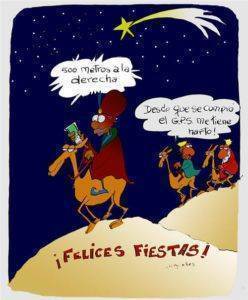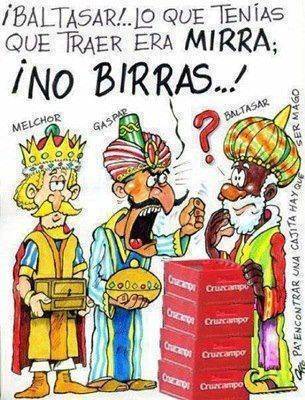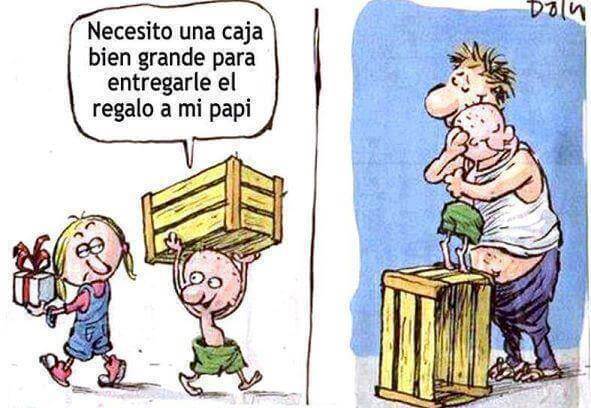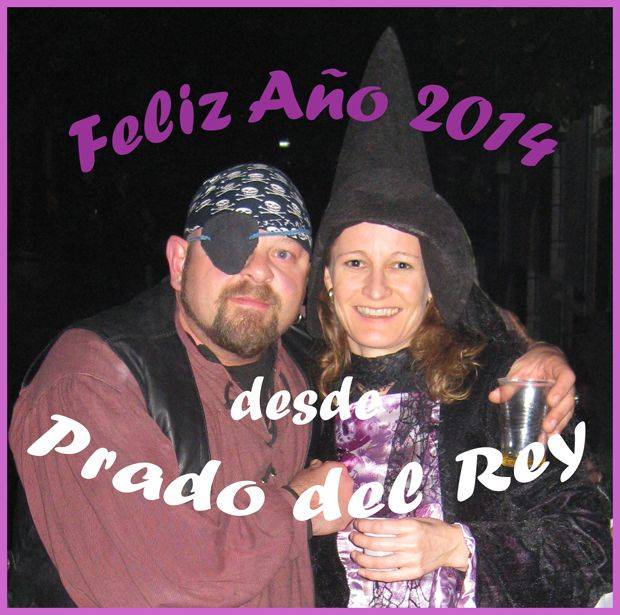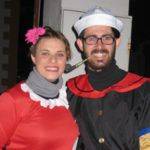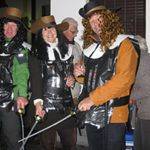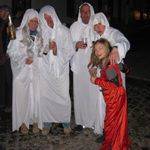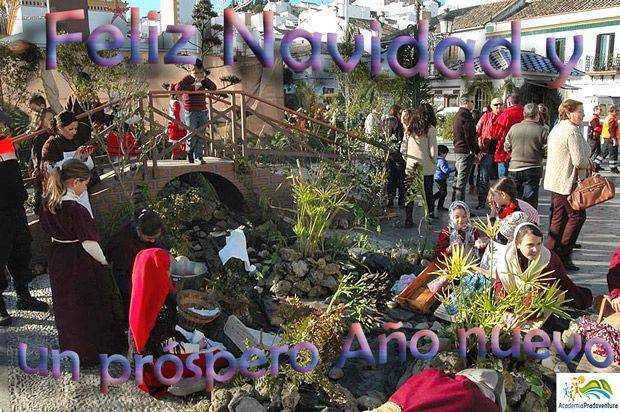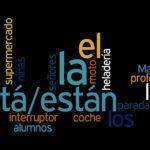This post is directed at Spanish teachers who would like to use the topic of sayings in the Spanish language in class. This proposal is for a conversation class where the students have the possibility to find out and discuss the meaning of the sayings.
Esta actividad va dirigida a los profesores de español que quieran enfocar una clase de nivel avanzado (a partir de B1/B2) a los refranes como elemento importante de la lengua española.
Seguramente habréis oído hablar en algún momento a vuestros alumnos (sobre todo los de un nivel más avanzado como B1 o B2) en clase sobre lo difícil que resulta hablar en la calle con la gente porque los españoles utilizan muchos refranes en sus conversaciones, y que en la mayoría de los casos no los entienden. Después de varias peticiones por parte de los alumnos me decidí a hacer la siguiente actividad y para la que es preferible que el grupo sea dinámico y que tenga más de 5 o 6 alumnos para poder llevarla a cabo.
En primer lugar, hay que hacer una pequeña introducción sobre la importancia de los refranes en España: que ya aparecieron en la literatura del siglo XIV, que hay casi 100.000 refranes registrados en la lengua castellana, que no sólo los usa la gente mayor, que el refranero español es uno de los más completos compendios de filosofía y saber popular que se conocen en el mundo y que los españoles siempre los tenemos en cuenta en nuestra vida cotidiana, puesto que nunca falta uno o varios refranes para ilustrar nuestra conversación. En segundo lugar, lo que hay que hacer es seleccionar una serie de refranes que creáis que puedan ser útiles para ellos. Yo, para mi clase elegí unos 23 refranes, dividí la clase en dos grupos: grupo A y grupo B. Cogí los 23 refranes, los escribí en tarjetas divididos en dos partes y a cada grupo le tocó una serie de refranes que tenían que ir uniendo según su intuición. El profesor debe estar observando en todo momento para así corregir las uniones que hacen los alumnos y una vez estén unidos todos los refranes en los dos grupos, los alumnos deben deducir lo que significan y en qué contextos se podrían utilizar. El objetivo principal de esta actividad es que los alumnos hablen todo el tiempo, que los propios alumnos puedan interpretar el significado de los refranes entre ellos y que después sean capaces de explicárselos al otro grupo y viceversa. El profesor estará en todo momento atento a las explicaciones que dan sobre los refranes y así poder corroborar el significado de cada uno de ellos.
Esta actividad la he realizado con alumnos de B1 y B2 mezclados en una clase de conversación que tuvieron juntos, y me ha sido muy útil para que los alumnos hablen entre ellos, participen, y al mismo tiempo conozcan algo tan cotidiano como son los refranes en español. Con esta actividad también se dan cuenta de que hay muchos refranes en sus propios idiomas que tienen equivalencia con los refranes españoles.
Puedes descargar la actividad para usarla en tu clase de español.
[su_button target=”blank” style=”soft” background=”#0a8cab” size=”2″ icon=”icon: download”]Descargar[/su_button]
Si tienes sugerencias o quieres compartir tu experiencia con esta actividad en tu clase deja un comentario.
Want to keep learning Spanish? Sign up for our fun online classes! For more information click here.
Autora: Irene Cañas Moreno, profesora de español






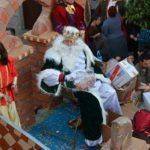
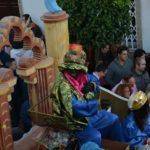

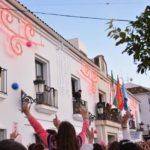
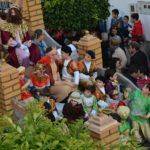
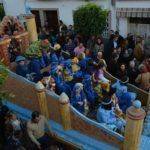
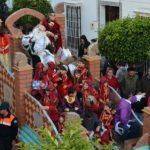
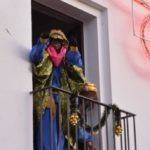
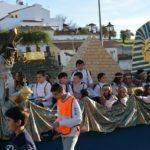
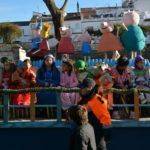
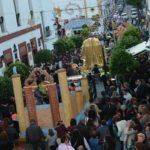
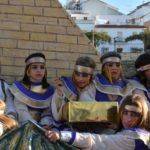
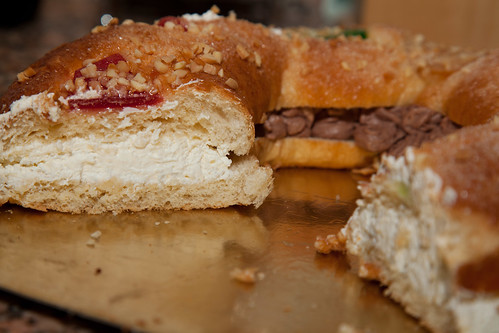
 Buñuelo casero
Buñuelo casero